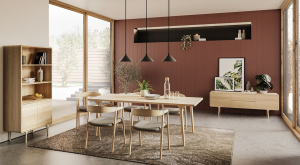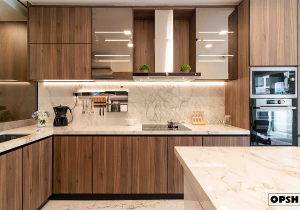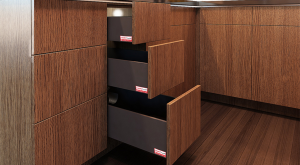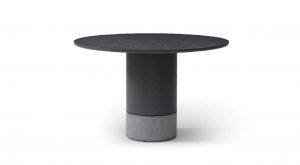Featured Post
How to Organize Your Kitchen Cabinets for Maximum Efficiency
A well-organized kitchen can transform your cooking experience, making it more enjoyable and efficient. However, achieving this level of organization, especially in your kitchen cabinets, can seem daunting. Whether you're dealing with a small space or just too much clutter, knowing how to organize your kitchen cabinets for maximum efficiency is key. In this guide, we'll explore practical tips and strategies to help you create a functional and tidy kitchen.
The Importance of Organized Kitchen Cabinets
Kitchen cabinets are the backbone of your kitchen's storage system. When they're organized, you can easily find what you need, reduce stress, and even save money by avoiding duplicate purchases. Plus, an organized kitchen can make cooking and cleaning much more efficient.

Step 1: Declutter Your Cabinets
Before you can organize, you need to declutter. Start by emptying your cabinets completely. This will give you a clear view of what you have and what you actually use. As you sort through your items, ask yourself:
- When was the last time I used this?
- Is this item still in good condition?
- Do I have duplicates of this item?
Be ruthless in your decluttering. If you haven't used something in over a year, it's probably time to let it go. Donate or recycle items that are still in good condition but no longer serve a purpose in your kitchen.
Step 2: Categorize Your Items
Once you've decluttered, it's time to categorize. Group similar items together, such as:
- Dishes and Glassware: Plates, bowls, cups, and glasses.
- Cookware: Pots, pans, baking sheets, and casserole dishes.
- Utensils and Gadgets: Spatulas, whisks, measuring cups, and other tools.
- Food Items: Spices, canned goods, baking supplies, and snacks.
Categorizing helps you see how much space each group requires and makes it easier to assign specific cabinets or shelves to each category.
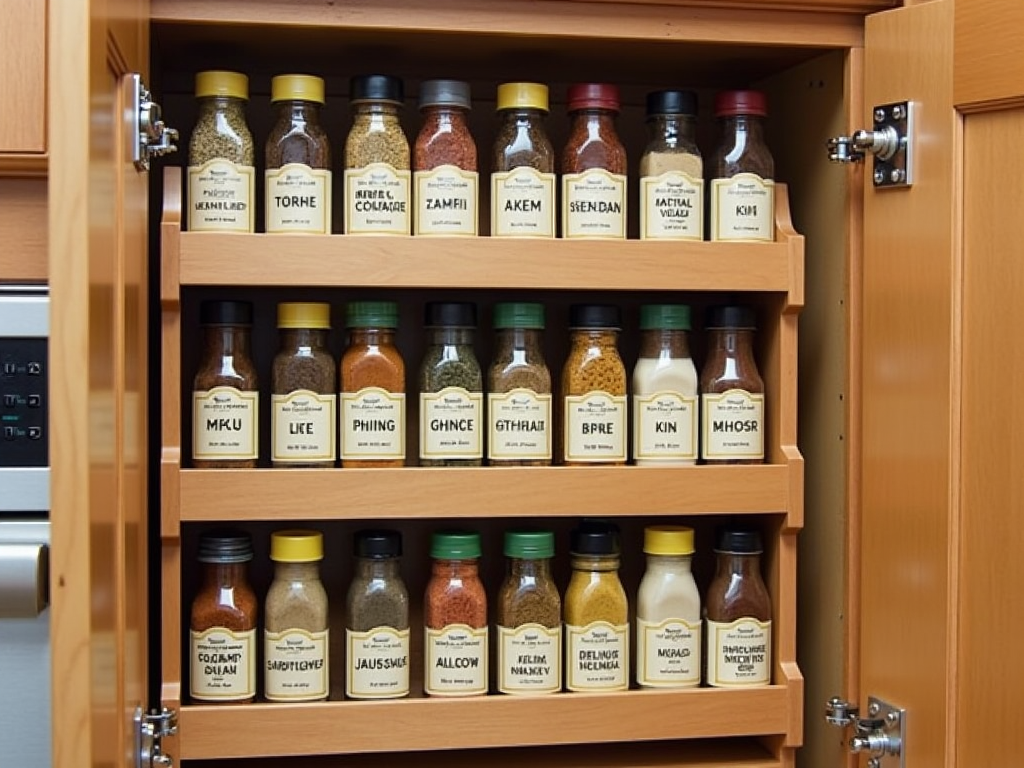
Step 3: Optimize Your Cabinet Space
Maximizing space is crucial, especially in smaller kitchens. Here are some tips for organizing cabinet furniture to make the most of your available space:
- Use Vertical Space: Install shelves or stackable organizers to take advantage of the height in your cabinets.
- Add Drawer Organizers: For cabinets with deep drawers, use dividers or organizers to keep utensils and gadgets in order.
- Install Hooks or Racks: Hang mugs, measuring cups, or small pots on the inside of cabinet doors to free up shelf space.
- Use Clear Containers: Store dry goods like pasta, rice, and cereal in clear, airtight containers. This not only keeps food fresh but also makes it easy to see what you have.
Step 4: Label Everything
Labeling is a game-changer for maintaining an organized kitchen. Use labels on containers, shelves, and even the inside of cabinet doors to remind yourself and others where things belong. This is especially helpful for shared kitchens or if you have a lot of similar-looking items.
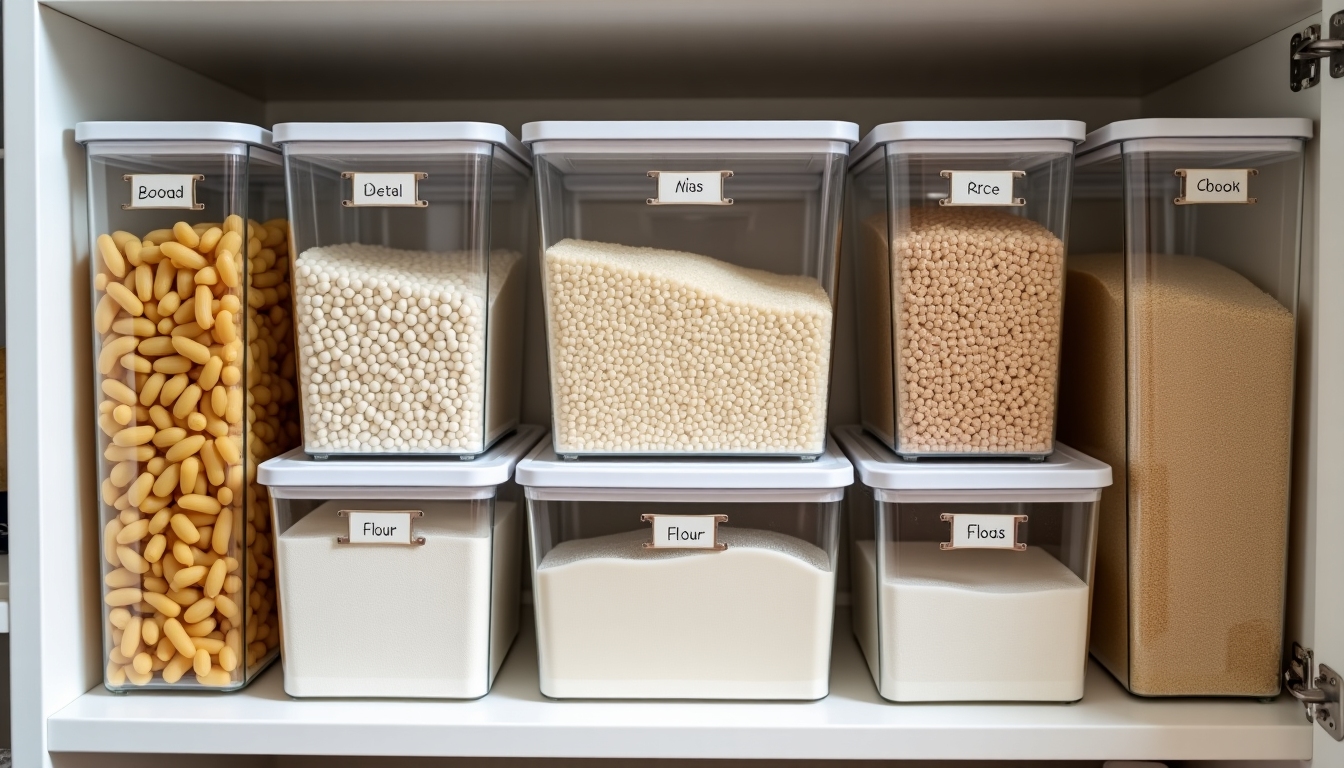
Step 5: Maintain Your Organization
Organization isn't a one-time task; it requires ongoing effort. Set aside time each month to tidy up your cabinets and ensure everything is still in its proper place. Additionally, make it a habit to put things back where they belong after each use. This will help prevent clutter from building up again.
Tips for Organizing Cabinet Furniture
When it comes to organizing cabinet furniture, consider the following:
- Adjustable Shelves: If your cabinets have adjustable shelves, customize the height to fit your items perfectly.
- Pull-Out Drawers: Install pull-out drawers in lower cabinets to make it easier to access items at the back.
- Corner Solutions: For corner cabinets, use lazy Susans or pull-out trays to maximize space and accessibility.
These small changes can make a big difference in how efficiently you can use your kitchen cabinets.

Common Challenges and Solutions
Organizing kitchen cabinets can come with its own set of challenges. Here are some common issues and how to address them:
- Small Kitchen Space: In a small kitchen, every inch counts. Use vertical space, install shelves on the inside of cabinet doors, and consider hanging pots and pans to free up cabinet space.
- Oddly Shaped Items: For items like cutting boards or baking sheets, use vertical dividers to keep them upright and easy to access.
- Too Many Spices: If you have a large spice collection, consider a spice drawer with small jars or a tiered spice rack to keep everything visible and organized.
The Benefits of an Organized Kitchen
An organized kitchen offers numerous benefits beyond just aesthetics. It can:
- Save Time: Spend less time searching for items and more time cooking.
- Reduce Stress: A clutter-free space can make cooking and cleaning less overwhelming.
- Save Money: Avoid buying duplicates of items you already have but couldn't find.
By following these tips for organizing your kitchen cabinets, you'll create a space that works for you, not against you.
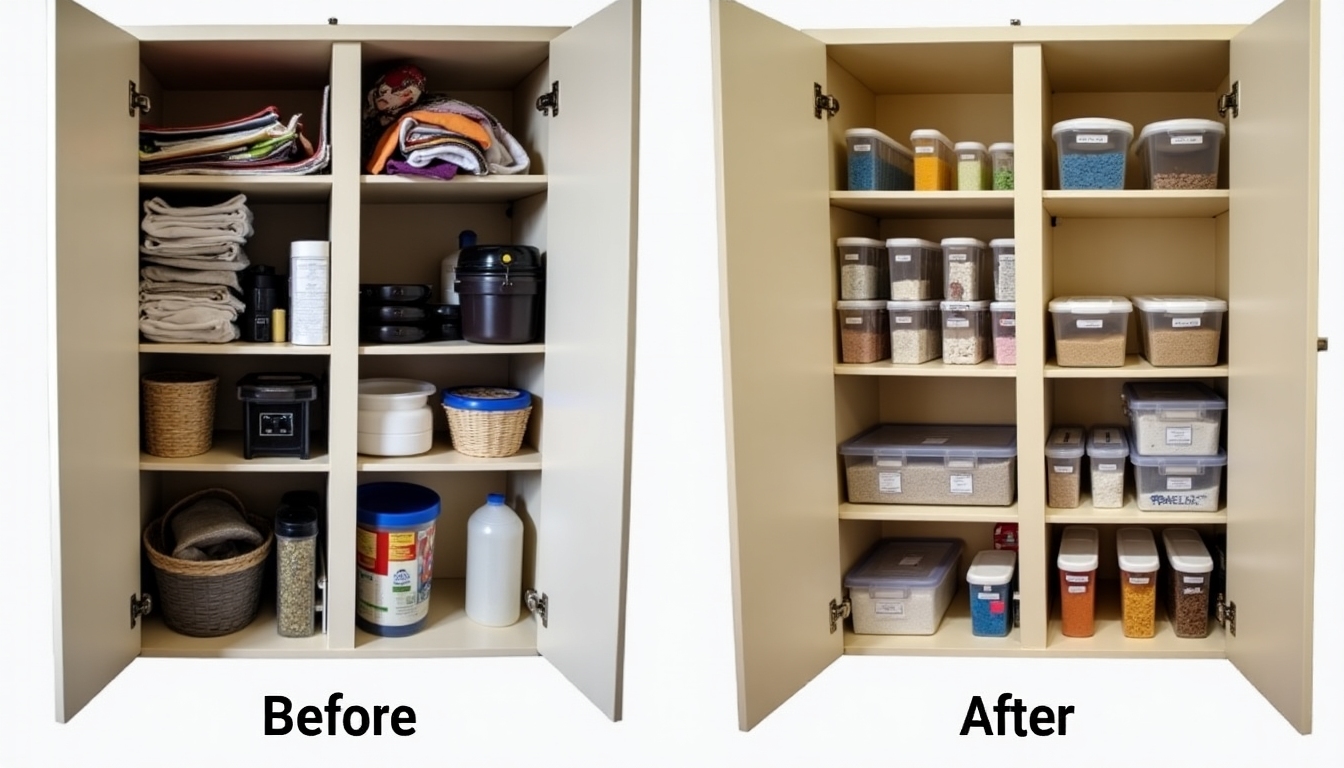
Conclusion
Organizing your kitchen cabinets for maximum efficiency is a worthwhile investment of your time and effort. By decluttering, categorizing, optimizing space, labeling, and maintaining your system, you can create a kitchen that is both functional and enjoyable to use. Remember, the key to success is consistency—make organization a habit, and your kitchen will remain a well-oiled machine.



